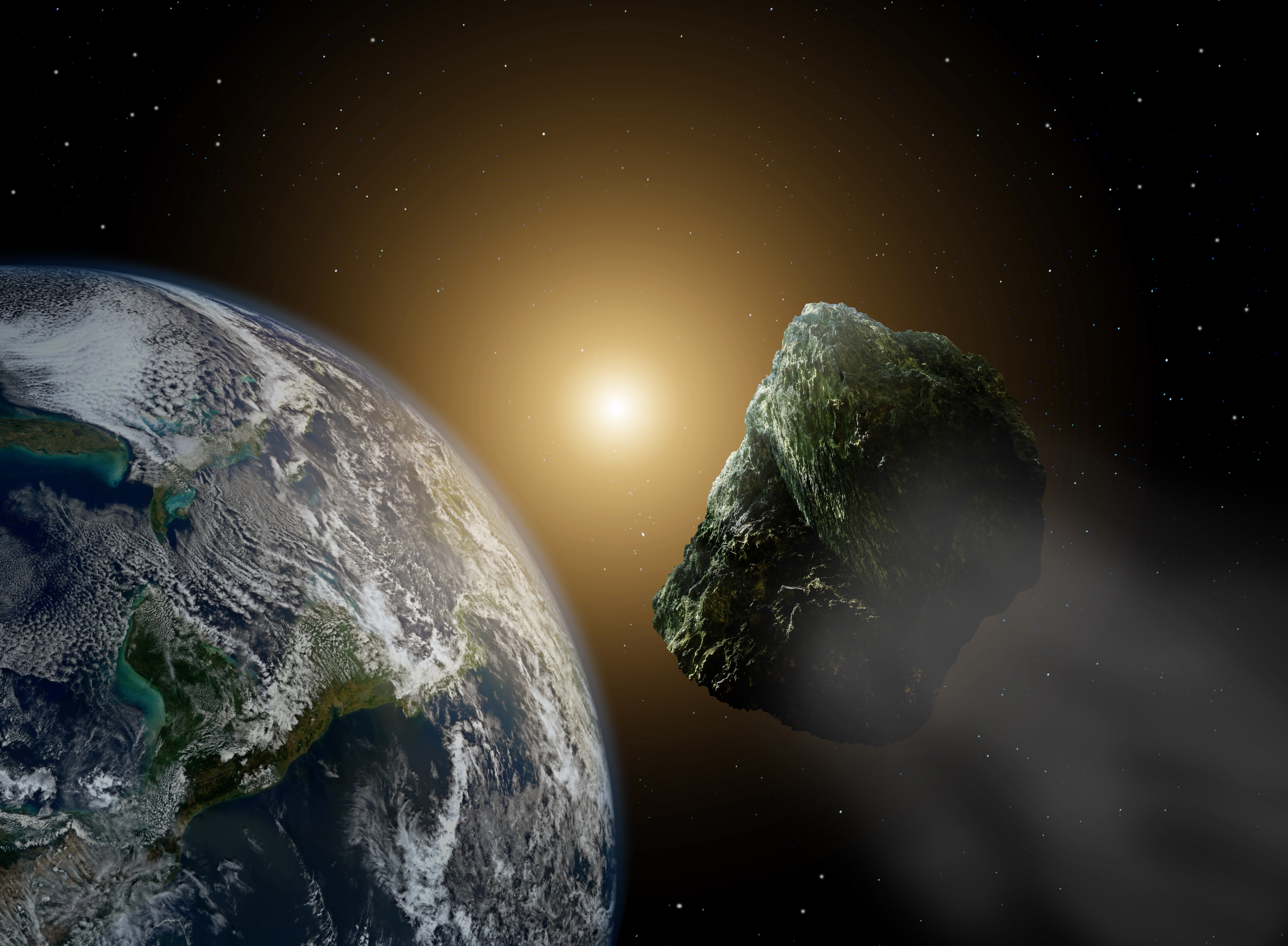Nasa announces new Sentry-II system to find asteroids before they crash into Earth
Most asteroids are not threatening to the planet but Nasa says a future Earth impact 'cannot be completely ruled out'

Nasa has announced new improvements to its algorithm to monitor the night sky for asteroids that could crash on Earth.
The program, called Sentry-II, will help the space agency better evaluate near-Earth asteroids. Nearly 28,000 of these asteroids have been found to date, but around 3000 new ones are discovered ever year.
Most asteroids are not threatening to the planet, but “a future Earth impact cannot be completely ruled out”, Nasa says.
“The first version of Sentry was a very capable system that was in operation for almost 20 years,” said Javier Roa Vicens, who led the development of Sentry-II while working at Nasa’s Jet Propulsion Lab.
“It was based on some very smart mathematics: In under an hour, you could reliably get the impact probability for a newly discovered asteroid over the next 100 years – an incredible feat.”
Sentry-II builds on these capabilities, allowing Nasa to assess all potential impacts of asteroids with a one in 10 million chance of impact.
The original Sentry could monitor gravitational forces and the way in which they affect an asteroid’s orbit, but could not account for other factors - such as thermal forces caused by the heat of the Sun, that would warm up one side of the asteroid and generate a tiny amount of thrust as it cools, known as the Yarkovsky effect.
The fact that Sentry couldn’t automatically handle the Yarkovsky effect was a limitation,” said Davide Farnocchia, a navigation engineer at JPL who also helped develop Sentry-II.
“Every time we came across a special case – like asteroids Apophis, Bennu, or 1950 DA – we had to do complex and time-consuming manual analyses. With Sentry-II, we don’t have to do that anymore.”
The first Sentry’s limitations meant that it would make assumptions about an asteroid’s most likely orbit, but this could be different to its true orbit. Sentry-II, however, models thousands of random points in space without being constrained by previous assumptions.
The process is similar to finding a needle in a haystack, Farnocchia says; the needles are impact scanarios and the haystack are the most likely orbits. Sentry pokes the haystack thousands of times looking for needles, while Sentry-II throws thousands of tiny magnets randomly over the haystack to see where the needle is.
“Sentry-II is a fantastic advancement in finding tiny impact probabilities for a huge range of scenarios” sayd JPL scientist Steve Chesley.
“When the consequences of a future asteroid impact are so big, it pays to find even the smallest impact risk hiding in the data”
Subscribe to Independent Premium to bookmark this article
Want to bookmark your favourite articles and stories to read or reference later? Start your Independent Premium subscription today.

Join our commenting forum
Join thought-provoking conversations, follow other Independent readers and see their replies